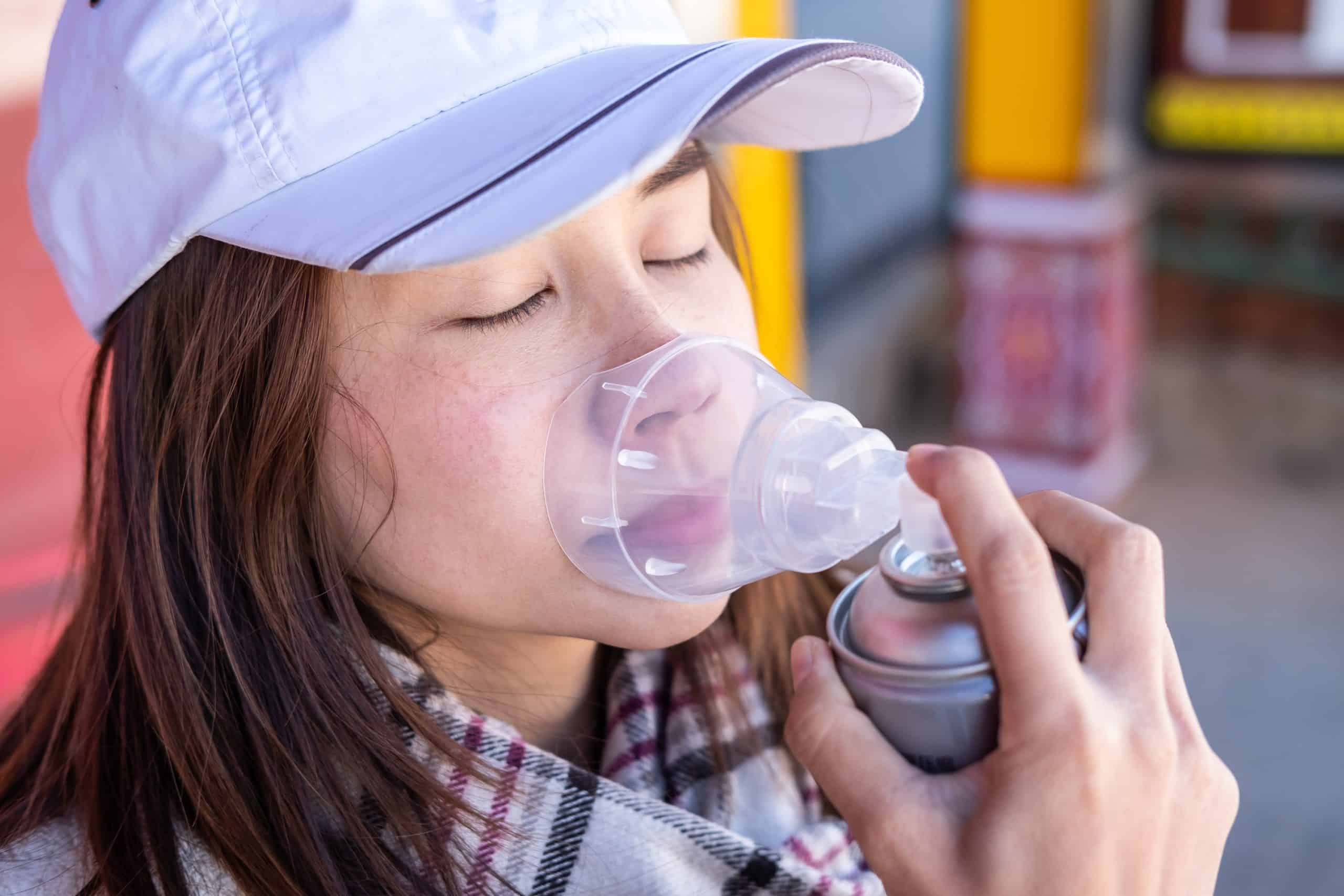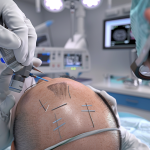For many outdoor enthusiasts and athletes, the allure of skiing at high altitudes is unparalleled. The crisp mountain air, the vast landscapes, and the thrill of navigating steep slopes are simply irresistible. However, the higher you climb, the thinner the atmosphere becomes. This can result in a condition known as altitude sickness, triggered by reduced oxygen levels. Symptoms of altitude sickness can range from mild discomfort to serious health threats, and may significantly hamper an athlete’s performance. So, how can individuals training for skiing competitions at high altitudes minimize the risk of contracting altitude sickness? The answer lies in understanding altitude sickness and adopting effective acclimatization strategies.
Understanding Altitude Sickness
Altitude sickness, also known as Acute Mountain Sickness (AMS), is a condition caused by a rapid exposure to low amounts of oxygen at high elevations. It typically occurs at altitudes above 2,400 meters (8,000 feet). The rapid ascent to these heights leaves the body with little time to adapt to the decreased oxygen levels and changes in air pressure, leading to hypoxia, a state where the body or a region of the body is deprived of adequate oxygen supply.
Sujet a lire : The ultimate adventure: canyoning in bali
The symptoms of altitude sickness can vary widely from person to person. In most cases, they resemble a hangover – dizziness, nausea, headaches, and shortness of breath. In extreme cases, it can escalate to high altitude pulmonary edema (HAPE) or high altitude cerebral edema (HACE), both of which can be life-threatening.
Acclimatization: The Key to Preventing Altitude Sickness
Acclimatization is the process by which the body adjusts to changes in its environment, allowing it to function under different conditions. When it comes to altitude, this process involves a number of physiological changes in the body, such as increased depth of respiration, increased red blood cell production, and enhanced ability to transport oxygen from the lungs to the muscles.
En parallèle : What’s the Latest Research on the Use of Virtual Reality for Goalkeeper Reflex Training?
Getting acclimatized before the day of the skiing competition is crucial. Spend a few days at a moderate altitude (below 10,000 feet) and gradually ascend to higher altitudes, giving your body enough time to adapt. Throughout the acclimatization phase, it’s essential to listen to your body’s signals. If you notice any symptoms of altitude sickness, don’t ignore them. Descend to a lower altitude immediately and seek medical attention if necessary.
Training for Performance at High Altitudes
Training at high altitudes can improve athletic performance. This is because the body responds to the low-oxygen environment by producing more hemoglobin, the protein in red blood cells that carries oxygen. When you return to lower altitudes, your body retains this increased hemoglobin for a few weeks, allowing you to perform better.
However, the key to effective high-altitude training is gradual progression. Start your training at a lower altitude and gradually increase it over a period of days or weeks. The pace of your training should be slower than what you would normally do at sea level. This will give your body the necessary time to adapt to the changes in oxygen and atmospheric pressure levels.
Nutrition and Hydration at High Altitudes
Nutrition and hydration play a critical role in maintaining performance at high altitudes. The cold, dry mountain air can lead to rapid dehydration, which can exacerbate the symptoms of altitude sickness. Therefore, it’s essential to drink plenty of fluids throughout the day.
Your diet at high altitudes should be rich in carbohydrates, as they provide the necessary energy for your body to function optimally in a low-oxygen environment. Avoid consuming alcohol and caffeine, as they can lead to dehydration and disturb sleep patterns, which can hinder the acclimatization process.
Medical Interventions for Altitude Sickness
In spite of all precautionary measures, if symptoms of altitude sickness persist, medical interventions may be necessary. Medications like Acetazolamide and Dexamethasone can help alleviate symptoms. However, these should only be taken under the guidance of a healthcare professional.
Portable hyperbaric chambers can also be used as a treatment for severe cases of altitude sickness. These devices simulate the conditions at a lower altitude, which can help alleviate symptoms and give the body time to recover.
Remember, altitude sickness is not a condition to be taken lightly. The key to preventing it lies in understanding its causes, recognizing its symptoms, and adopting effective preventative strategies. Happy skiing!
Utilizing The Live High, Train Low Technique
The live high, train low technique has been widely adopted by endurance athletes for high altitude training. The concept behind this strategy is to live at higher altitudes to stimulate the body’s physiological responses, such as increased production of red blood cells. Meanwhile, training is done at lower altitudes where oxygen is more abundant, enabling intense workouts without the detrimental effects of hypobaric hypoxia.
Living at altitudes of around 2,500 meters (8,200 feet) and training at altitudes below 1,250 meters (4,100 feet) is generally considered optimal for this method. By spending a significant part of the day at high altitudes, the body adapts to the low oxygen levels by producing more hemoglobin, which improves oxygen transport in the blood. This enhanced ability to utilize oxygen can significantly boost exercise performance, particularly in endurance sports like skiing.
However, shifting from a higher altitude to a lower altitude for training can be logistically challenging. In recent years, simulated high altitude environments, created by using normobaric hypoxia devices, have been used as a practical alternative to natural high altitudes. These devices can adjust the oxygen content in the air, mimicking the conditions at different altitudes. This allows athletes to live and train at sea level while still benefiting from the physiological adaptations associated with high altitude exposure.
Recognizing and Addressing Altitude Illness Promptly
Altitude illness is a collective term that covers various health conditions related to high altitude exposure, including acute mountain sickness, high altitude pulmonary edema, and high altitude cerebral edema. These illnesses present a significant risk for skiers and other athletes training or competing at high altitudes.
Prompt recognition and appropriate response to symptoms of altitude illness are crucial to ensuring an athlete’s health and performance. Early symptoms such as headache, dizziness, and nausea should not be dismissed as merely the body adjusting to the altitude. On the contrary, these could be the warning signs of acute mountain sickness, which requires immediate attention.
Descending to a lower altitude is the most effective treatment for altitude sickness. However, if symptoms persist or worsen, medical intervention may be necessary. Portable hyperbaric chambers, which simulate conditions at a lower altitude, can be used to provide relief and facilitate recovery. In severe cases, emergency medical evacuation may be necessary.
Conclusion
High altitude skiing competitions present unique challenges, with altitude sickness being a primary concern. However, with proper understanding and strategic preparation, it’s possible to effectively manage this risk. Gradual altitude acclimatization, optimal training techniques like the live high, train low approach, and prompt recognition and response to altitude illness symptoms are crucial. Additionally, maintaining proper hydration and nutrition can also help in enhancing performance and preventing altitude illness. It’s clear that with careful planning and effective strategies, the thrill and exhilaration of high altitude skiing can be enjoyed with minimal risk to health.











